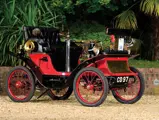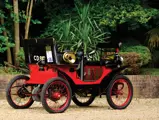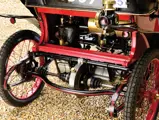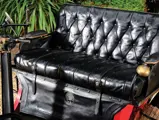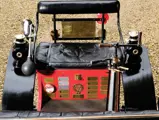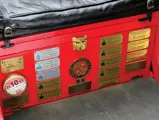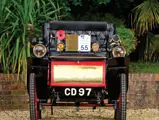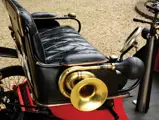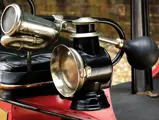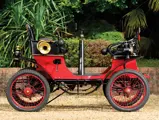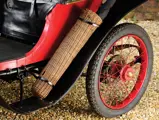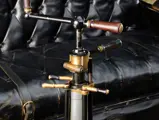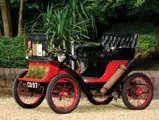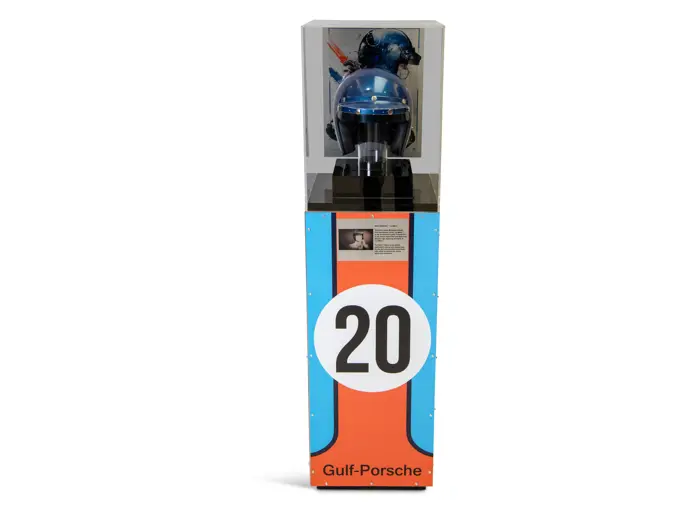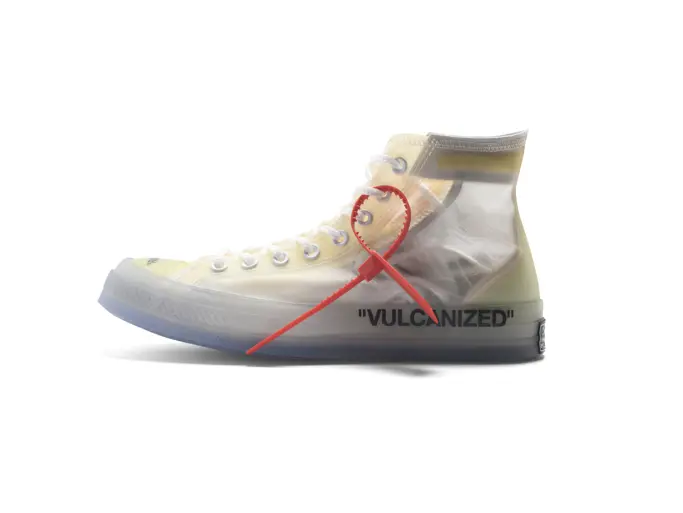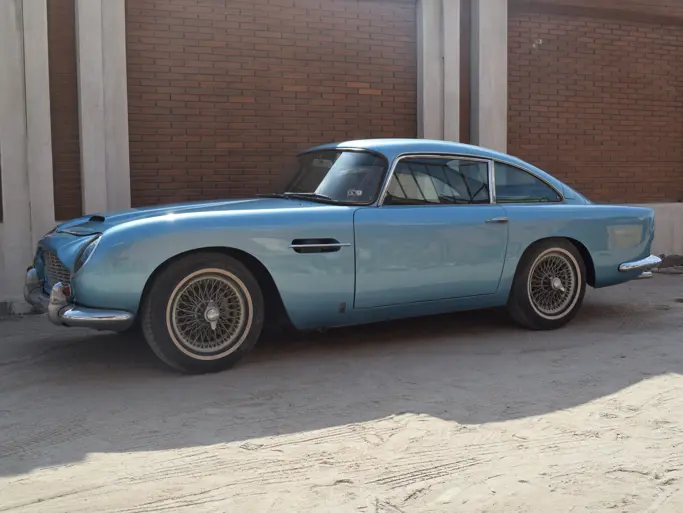London 2011
1900 De Dion-Bouton Type E Vis à Vis Voiturette
{{lr.item.text}}
£100,800 GBP | Sold
 | London, United Kingdom
| London, United Kingdom
{{internetCurrentBid}}
{{internetTimeLeft}}

3.5 hp, 402 cc water-cooled single-cylinder engine, two-speed constant mesh gearbox with separate expanding clutches, solid front axle and De Dion tube rear axle with semi-elliptic leaf springs, mechanical gearbox brake and sprag brake. Wheelbase: 1,550 mm
• Veteran of 34 London-to-Brighton Runs
• VCC dated in 1947
• Entered for 2011 Brighton Run
Count Albert de Dion was born of French noble descent and engineering genes. The historian Griffith Borgeson described him as “clever, amusing, the life of any party and universally popular…in spite of his ignobly eccentric part-time obsession with nasty steam engines.” The latter resulted in his partnership with Georges Trépardoux and Trépardoux’s brother-in-law Georges Bouton building steam-powered carriages. By 1885 they had built several successful machines.
In the early 1890s, however, the Count began to doubt the superiority of steam and started experimenting with internal combustion, designing two successful multi-cylinder units. In 1894 he designed a revolutionary single-cylinder engine of 137 cc capacity, boasting electric ignition and a then-amazing speed of 3,000 rpm.
By 1900, France had a burgeoning motor industry, the world’s foremost, with eleven manufacturers turning out nearly 5,000 cars and numerous independent assemblers selling motorcycles, tricycles and voiturettes composed of components from various manufacturers.
Delivered in France on 16 June, 1900, this De Dion Bouton Voiturette was imported into England the very next month under import licence 947, by the British Motor Company Ltd. and Dion Dunlop Co., Ltd. The licence disk is still attached to the car. The original owner was Mr. H.M. Beddington of 8 Cornwall Terrace, Regents Park, London. On 1 January, 1904, the car was given its first registration, CD97, a Brighton issue, recorded to Edward Hussey of Stamford Lodge, Preston, Brighton.
Little is known of its further history until 1937, when it was discovered by Peter Tanner, who actively campaigned it in reliability trials and a series of London-to-Brighton Veteran Car Runs. It was officially dated as 1900 by the Veteran Car Club on 1 December, 1947 and issued certificate number 41. The original certificate is signed by one-time VCC President James Allday and St. John C. Nixon, the renowned motoring writer. It remained with the same family for 55 years, during which it made 17 entries in the Brighton Run.
It was acquired by its previous owner in 1992 and successfully completed the Brighton Run ten more times, all reportedly without mishap of any kind. The current owner, who purchased the car in 2002, has completed a further seven Runs. The car has also successfully completed a number of other VCC events, including the Victorian Motoring Extravaganza, Evelyn Ellis: Britain’s First Recorded Motor Journey Centenary Celebration and the Princes Run Centenary Celebration.
A thorough yet sympathetic restoration was completed in 1997, preserving as much originality as possible. It is in excellent condition, with red body and black mudguards. It retains its original buttoned black leather upholstery and front and rear lamps. The engine has been recently rebuilt and the car continuously maintained. The original footboard, to permit forward-facing front passengers, is available.
There are many veterans of the London-to-Brighton Veteran Car Run but none with so complete a Brighton provenance as this one. As presented it comes with an entry for this year’s event, current tax and MOT.

